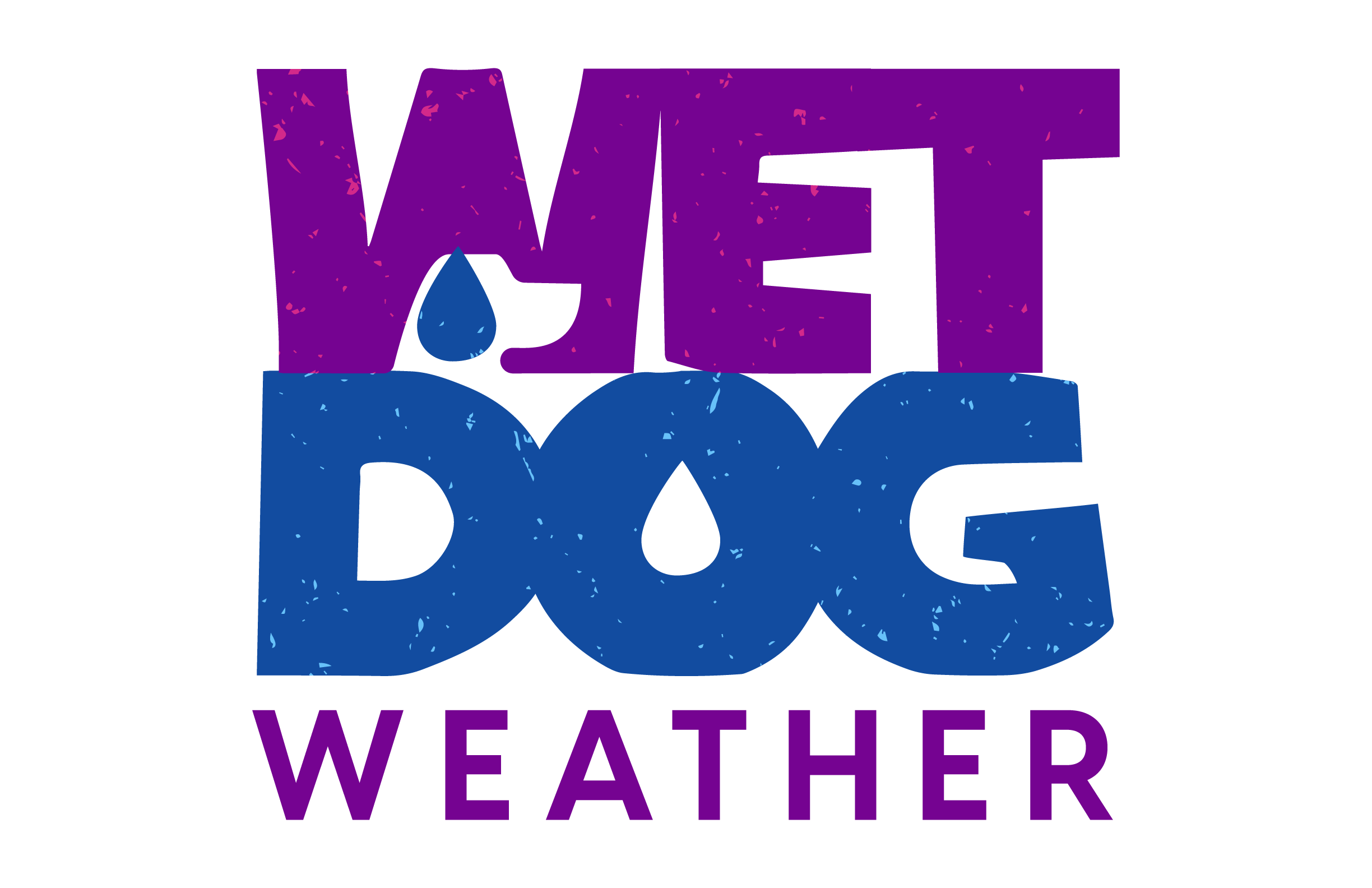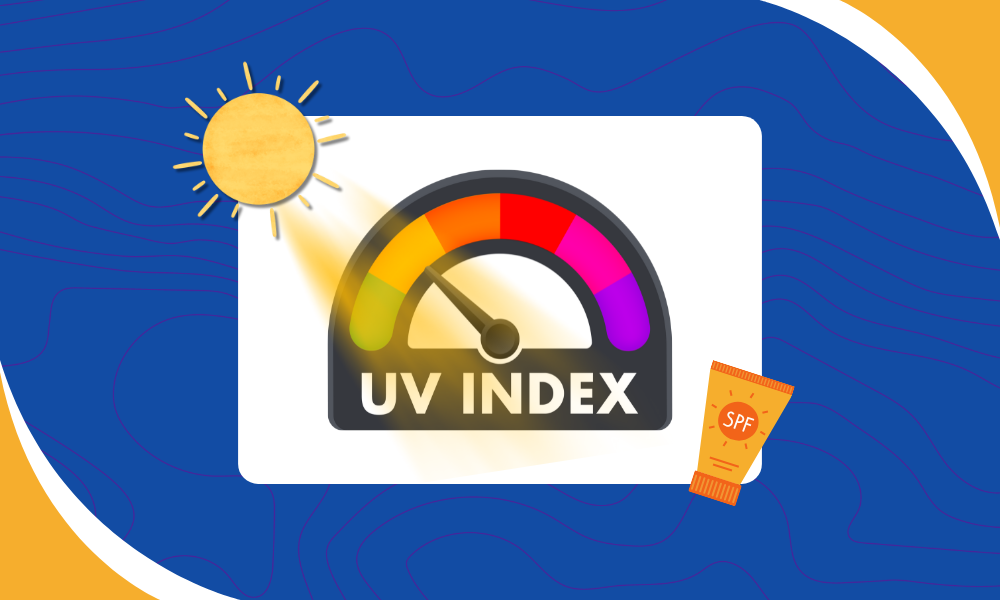The UV Index is a measure of ultraviolet radiation that reaches the Earth’s surface. You need sunlight, but too much will fry you. Go figure. That’s what the UV Index is for. And now we’re offering UV index data to help you put it to use.
GFS UV Index Data
You can calculate a reasonable UV Index from the GFS model. Or you can download the one NOAA calculates. Thanks NOAA!
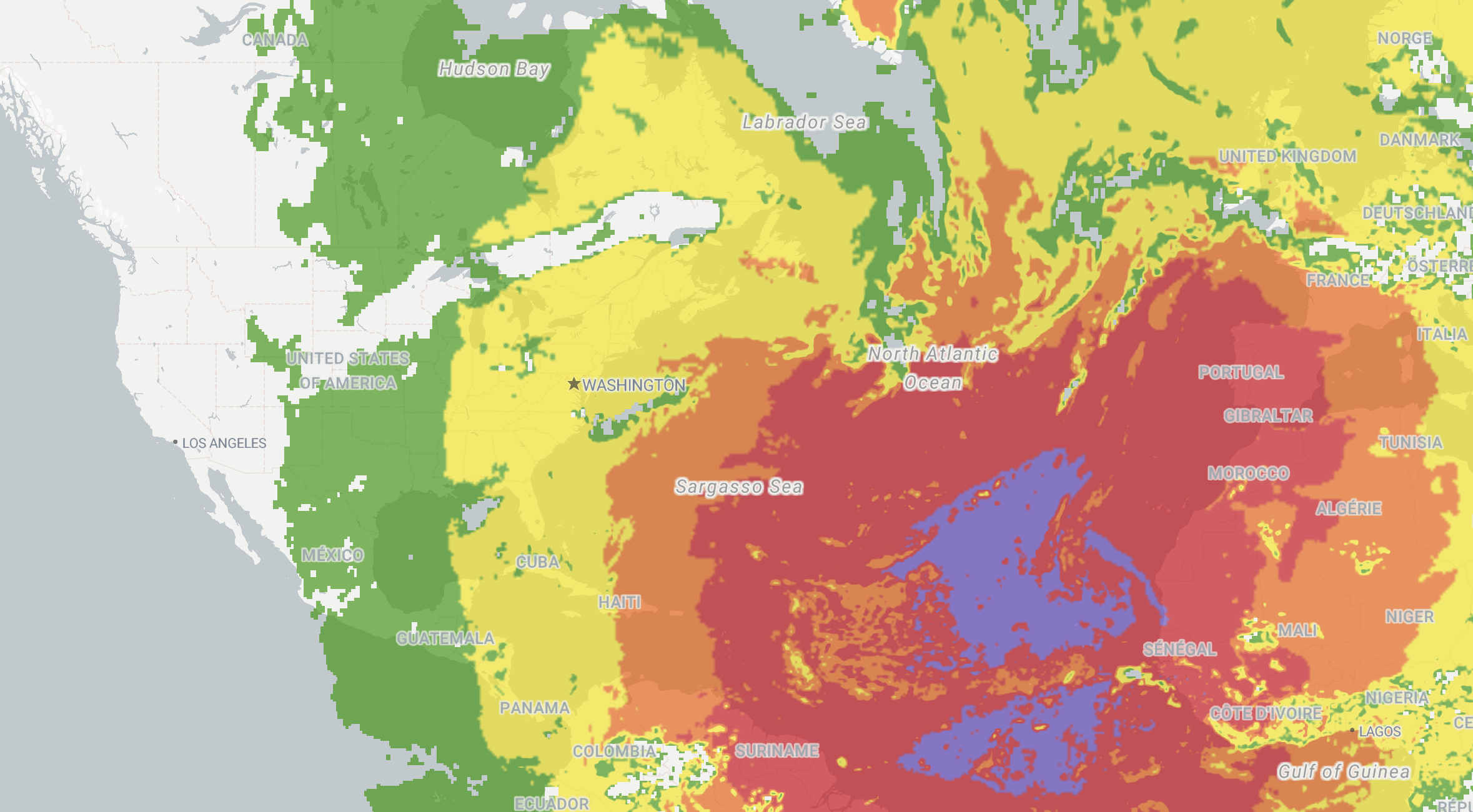
We’re doing the latter and making the hourly UV Index data available to our customers with no additional cost.
As with all our datasets, the UV Index is available for display or querying. Seems useful.
UV Index in Relation to Clouds
Do you know what really affects the UV Index? Clouds. Here’s the Total Cloud Cover from GFS for comparison to the time slice above.
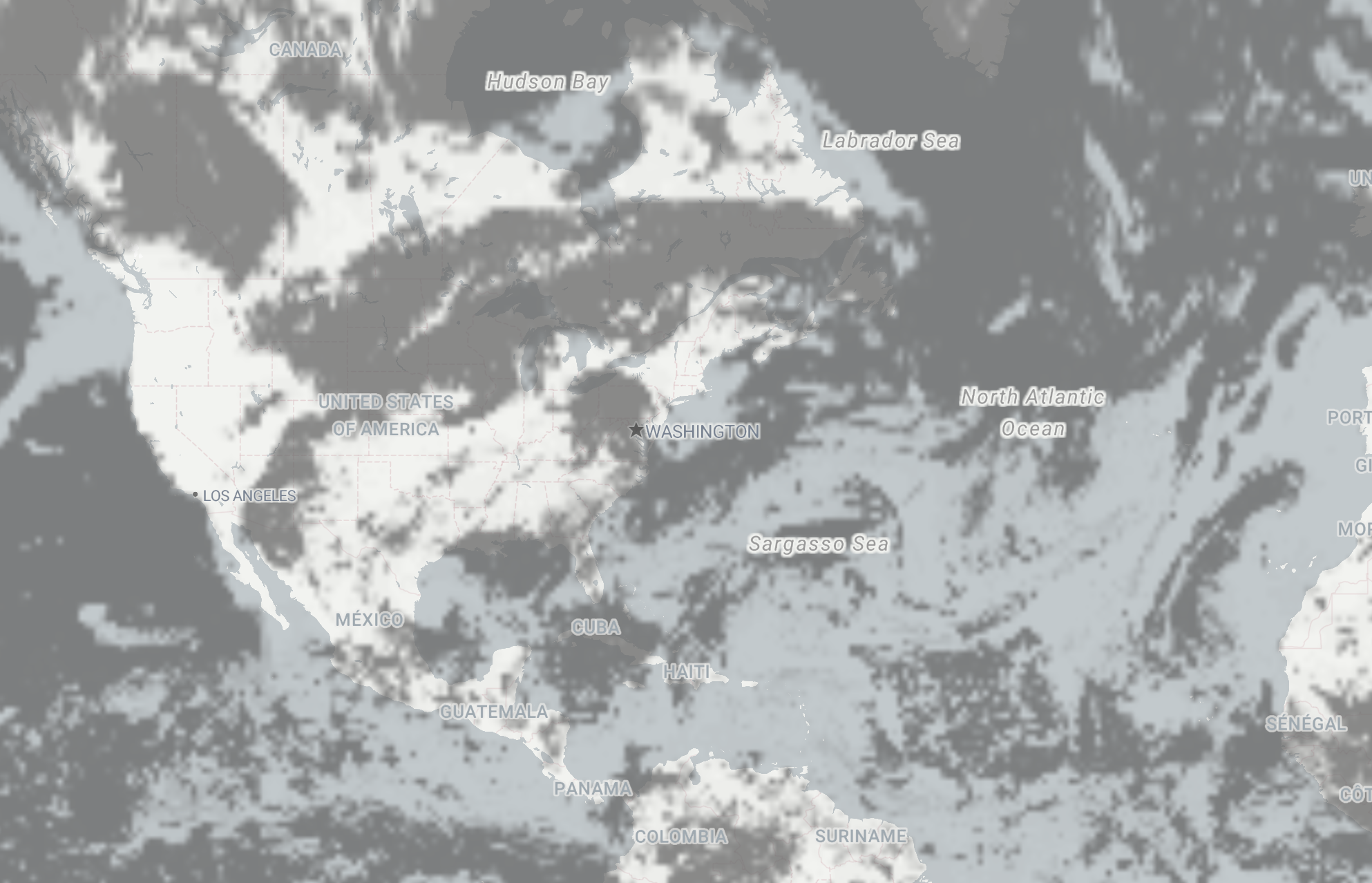
That kind of makes sense. I can see that band of clouds in the upper Midwest making a dent in the UV Index in the same place. But if you’ve ever gotten a sunburn on a cloudy day in the snow, you know it’s the kind of clouds that matter.
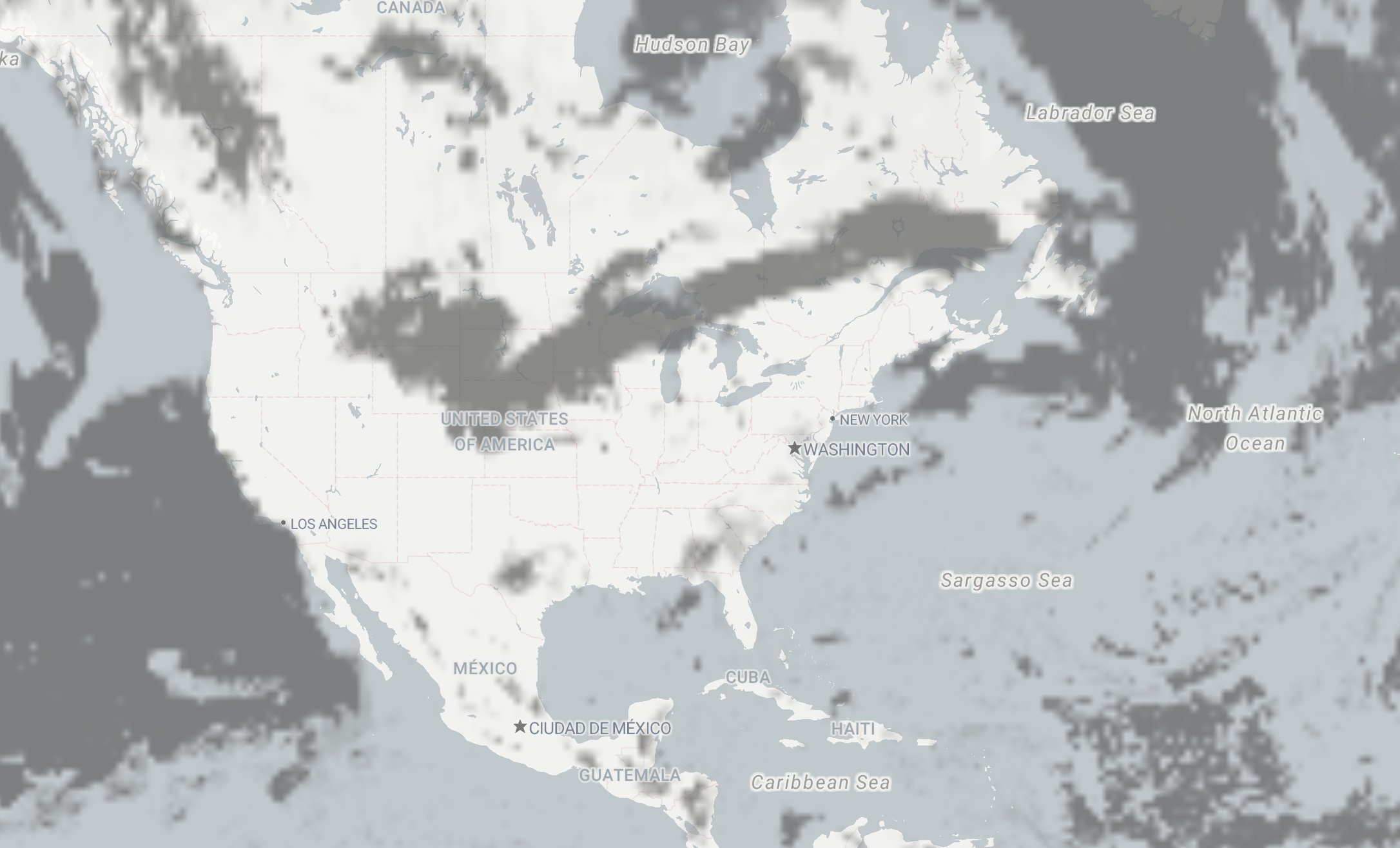
That’s ‘low cloud cover’ from the GFS, and it tracks quite nicely.
But what about ‘downward shortwave radiation flux’, you ask? Well, that’s not in the GFS, but we can consult the HRRR real quick.
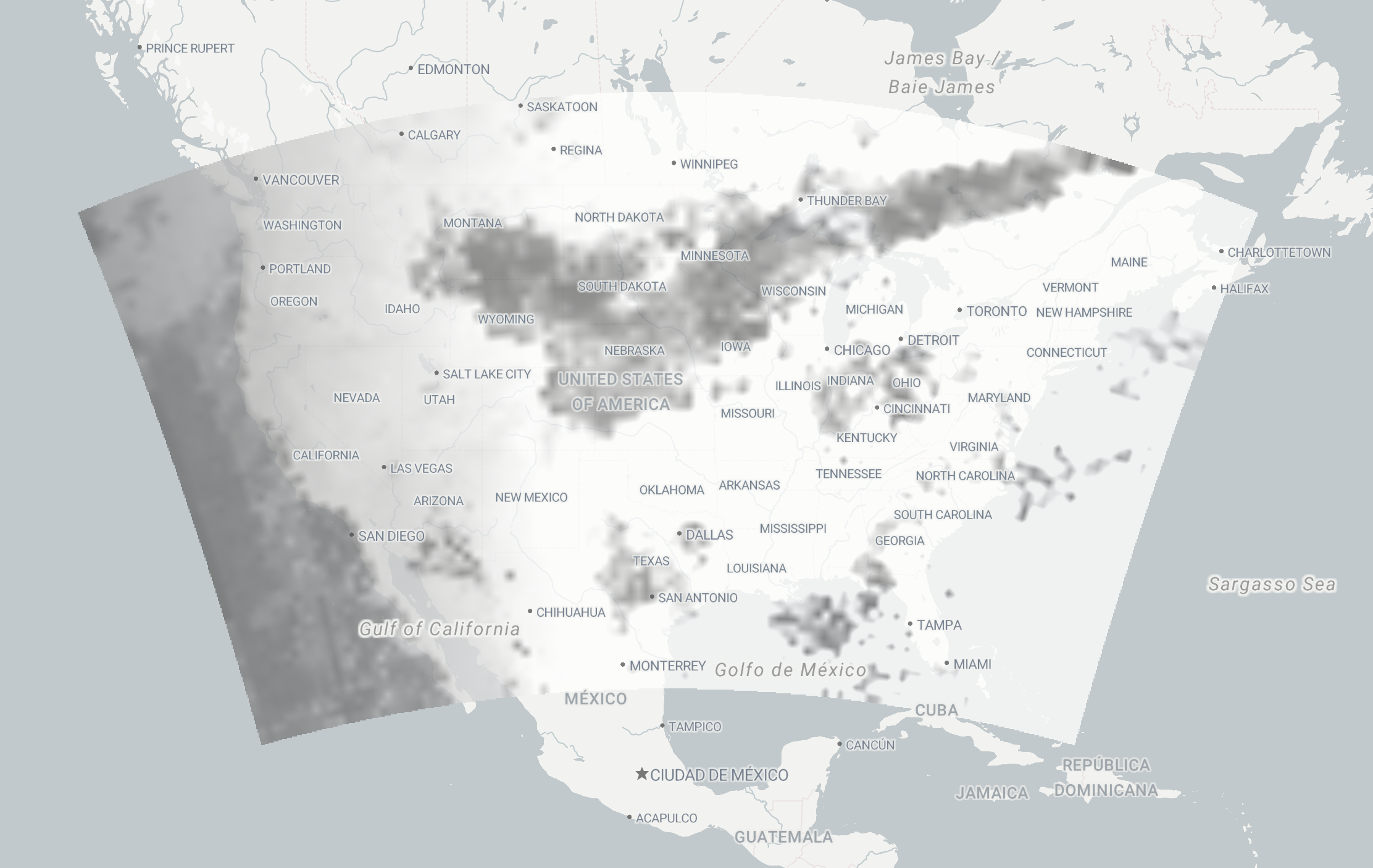
That tracks. It’s not exactly the same thing, but it’s based on similar factors.
Why UV Index Data Matters
The UV Index is there for your enjoyment. Include it in your app or on your website. If you want to perform calculations with it, you’ll probably use the variables it’s based on, but we have those too.
Wrapping Up
We include UV index data because it’s useful, simple, and surprisingly nuanced when you layer in things like clouds and radiation. Whether you’re building for outdoor safety, skin health, or just giving your users another reason to check your app, it’s a handy little metric. And it’s just one of many datasets we make easy to use.
Let us know how you want to use it. We’ll help you get it set up fast.
